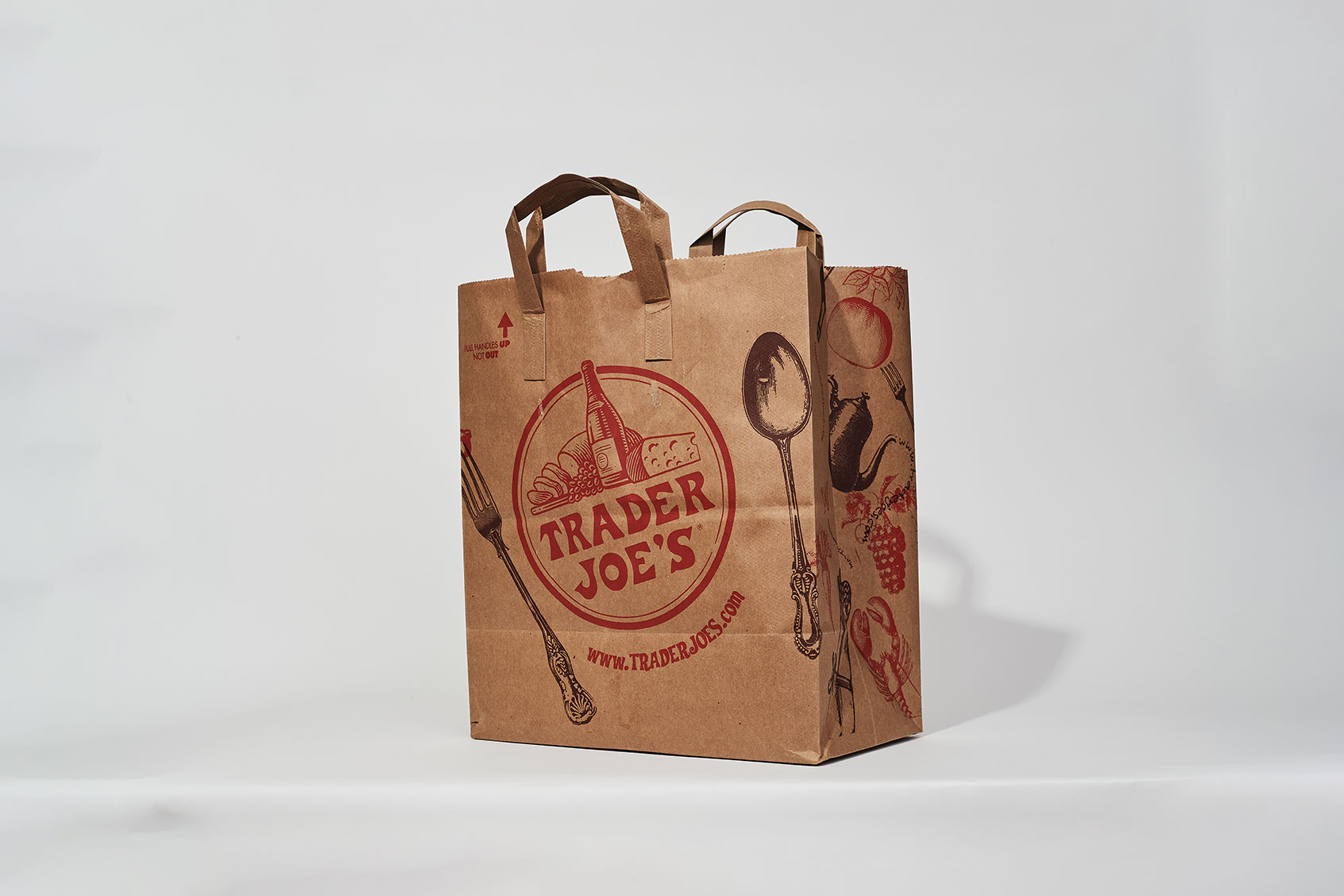Calling all Trader Joe’s fans, you may want to double-check your freezer — especially if you recently stocked up on the brand’s frozen goodies.
On Aug. 29, the U.S. Department of Agriculture’s Food Safety and Inspection Service issued a public health alert for Trader Joe’s Uncured Pepperoni Pizza, a frozen not-ready-to-eat (NRTE) product. The agency specified that the frozen pizza “did not receive the benefit of import reinspection” once imported from Italy to retail locations in California.
A health alert was prompted after TJ’s notified FSIS that the frozen uncured pepperoni pizza wasn’t presented for FSIS import reinspection. Per the agency, a recall was not requested because the product is no longer available for purchase.
The affected product, which came packaged in a 17.63-oz. cardboard box, contains either “MFG LOT: 06/16/25 BEST BY: 08/16/26” or “MFG LOT: 06/21/25 BEST BY 08/21/26” printed on the bottom of the package. It also has the Italy establishment number “IT 1558 L UE,” which is printed inside the Italian mark of inspection located on the front of the package, according to the FSIS.
“Due to a paperwork error, a shipment of Trader Joe’s Uncured Pepperoni Pizza (SKU# 79898, Best By Dates of 8/16/26 and 8/21/26), imported from Italy was not presented for import reinspection into the United States prior to delivery to these Trader Joe’s stores in Southern California,” TJ’s said in a statement posted on its website.
“There have been no reports of adverse reactions due to consumption of these products. All potentially affected product has been removed from sale.”
Consumers who have purchased the pizza are urged not to consume it. Instead, they should throw the product away or return it to the place of purchase.
Read more
about recent food recalls:


